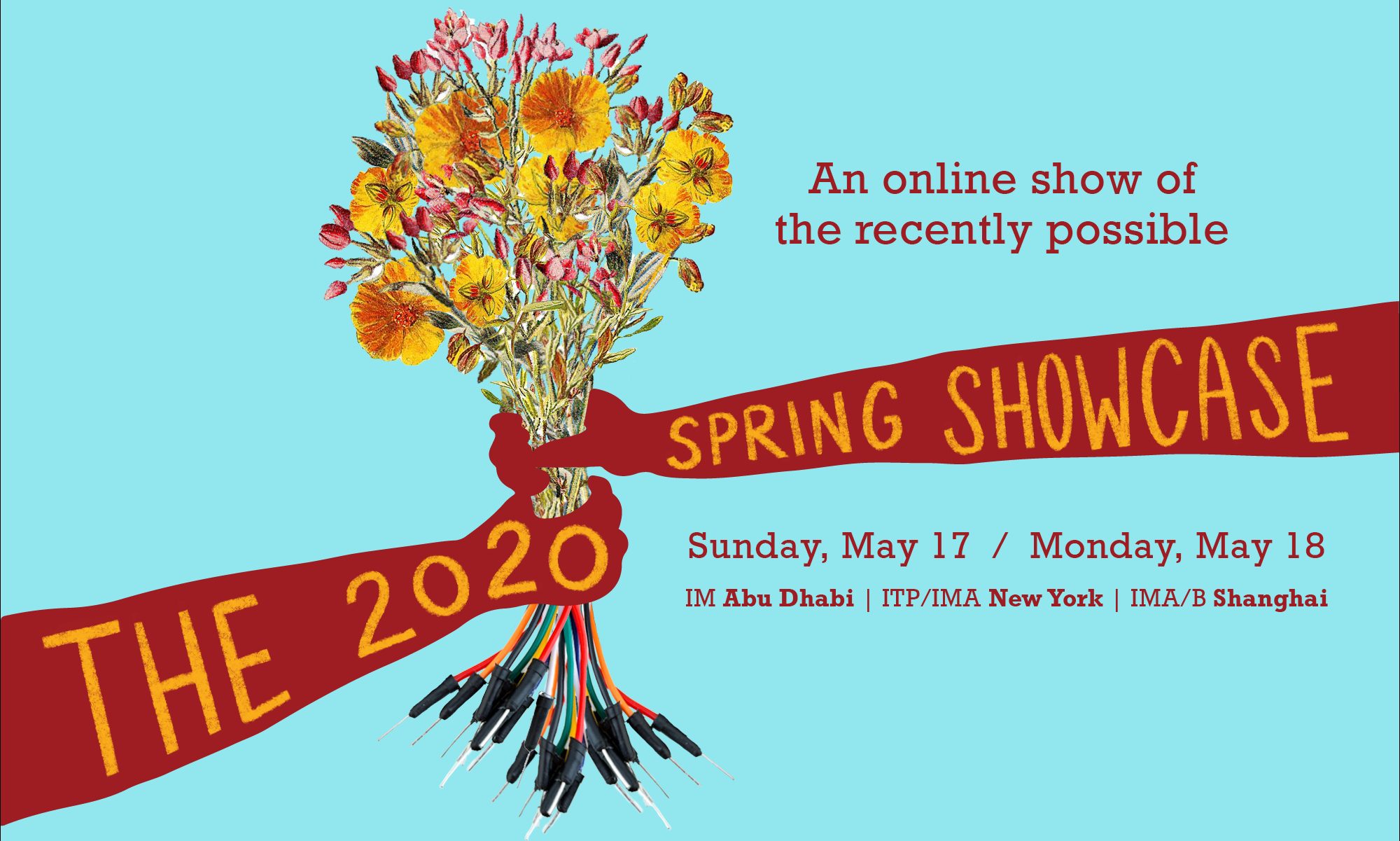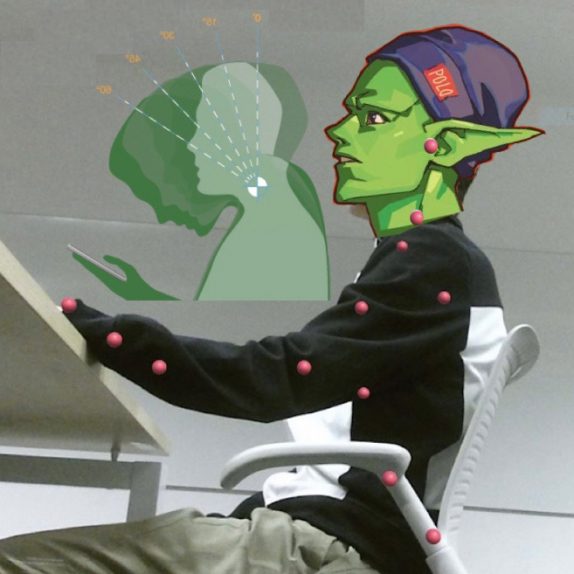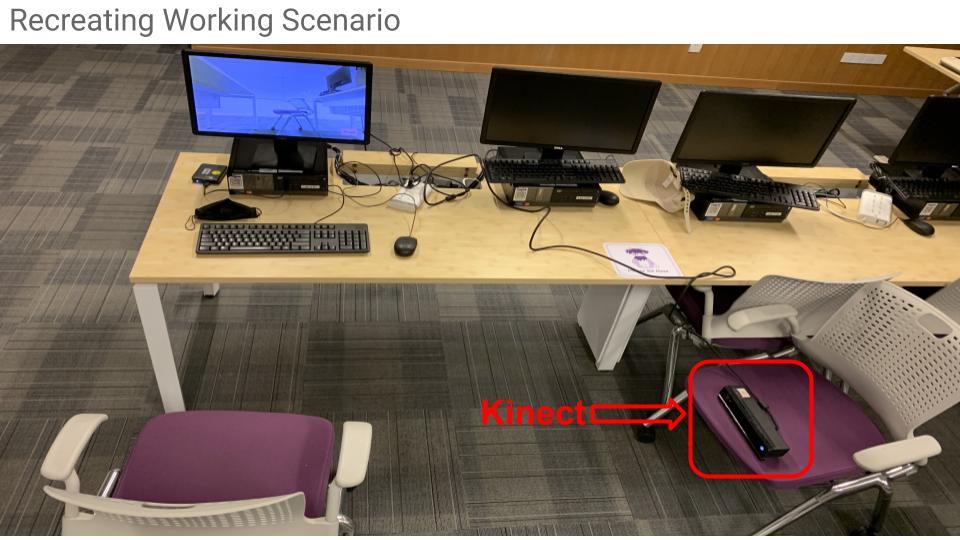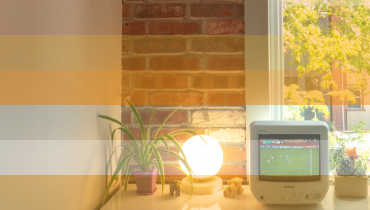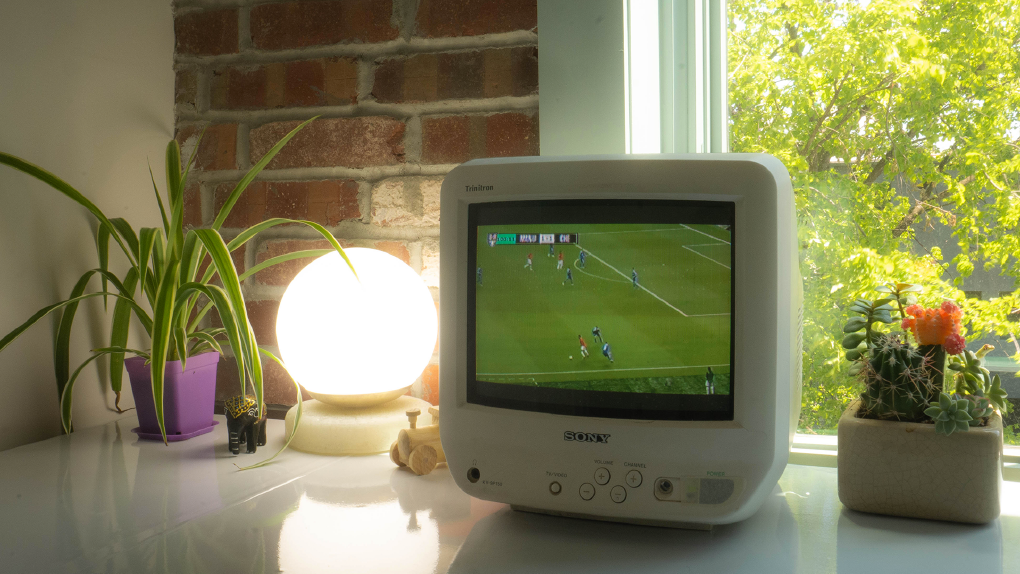Examining Forward Head Posture Prevalence Among University Students:
Introducing Kinect and Social Media Platform as Visualized and Interactive Solutions
Zexing Li
https://not.ready.yet
Description
Previous researchers have demonstrated the widespread phenomenon of forward head posture (FHP) problem among adults, teenagers, and children primarily caused by faulty posture associated with long hours of exposure to technological devices. With focused studies on university students, a result conducted in universities in Pakistan and Malaysia revealed that “67% of participants were identified with forward head posture while 58.5% were not aware of forward head posture (Ramalingam 791).” The high prevalence but low awareness revealed a need to address the FHP issue in college. The chief purpose of this project “FHP Identifier & Corrector” is to raise awareness and thus resolve the FHP problem among the target audience – university students with interactive approaches and marketing strategies.
Existing products such as posture training devices may only be advertised to the audience who have identified themselves with FHP along with other spine and hunchback problems. In such a market context, previous products could only reach the designated health-conscious consumers, while university students who are unaware of the FHP problem would remain uninformed of the prevalent circumstance of FHP. This project would fill the gap of unreached university students in the current market.
Two mediums are designed and created to achieve the project mission. A visualization installation placed on the university campus would identify students with the FHP problem. A schematic drawing conducted by Kinect would examine participants and, through calculation and algorithms, output the FHP extent (none, mild, severe) of the examinees. Moreover, A follow-up WeChat Mini Program would also be launched as an online tool to provide tutorials and reminders to testees identified with mild or severe FHP issues. It serves to correct the unhealthy FHP with proper exercises and help develop correct posture when using digital devices.
IMA/IMB Shanghai
Capstone Studio (Shanghai)
Health,Education
